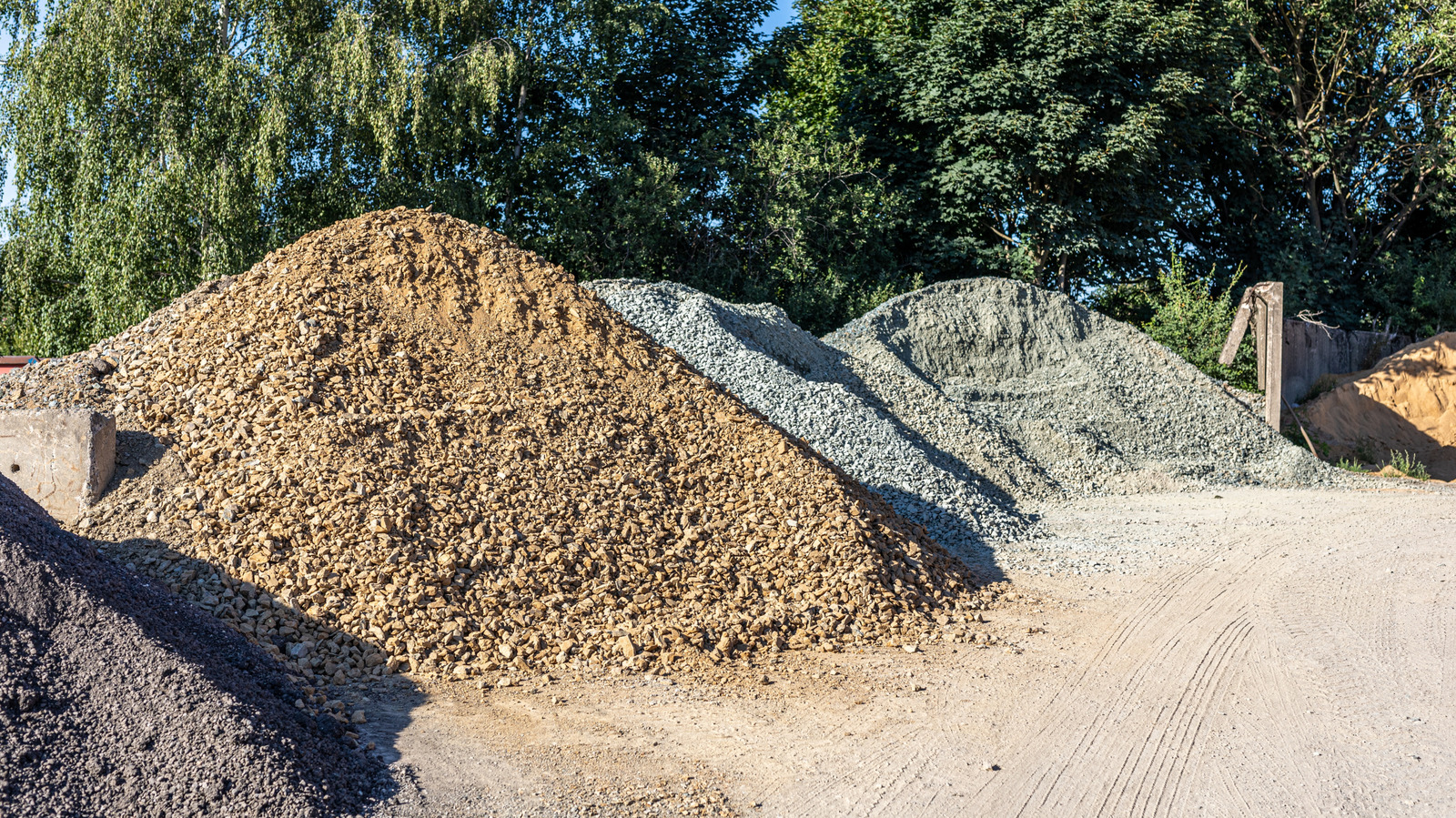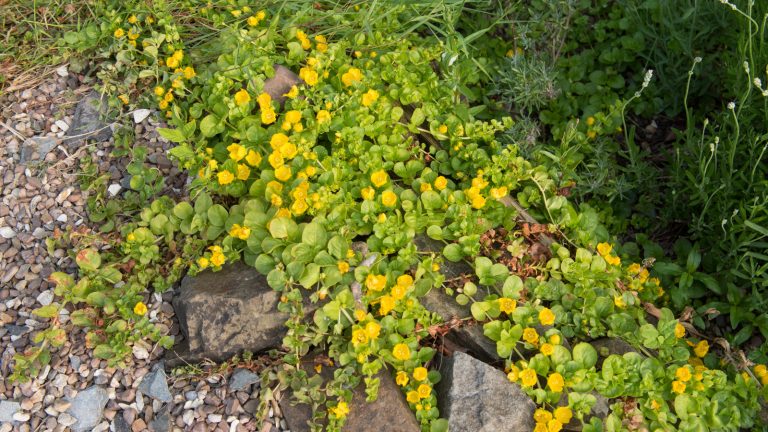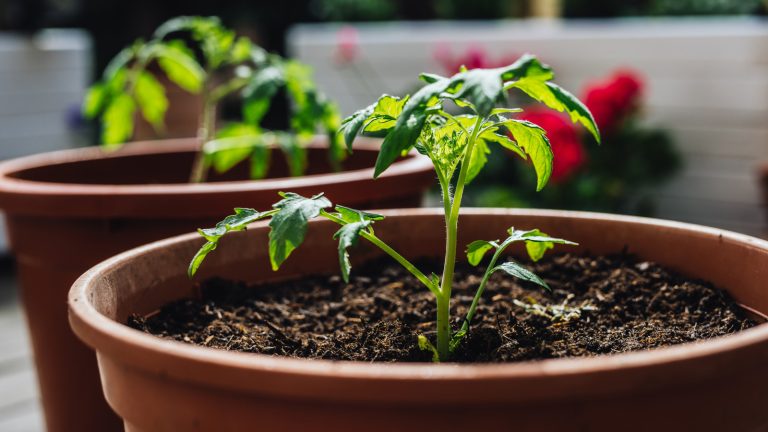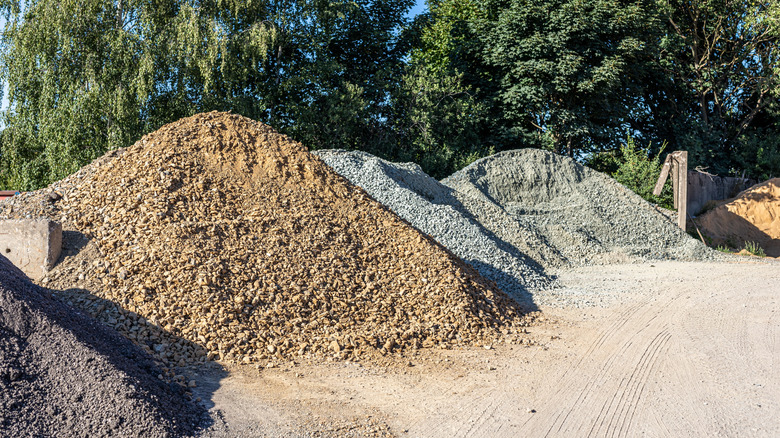
Backfilling involves refilling spaces excavated during construction, and the materials you select for this task significantly affect drainage, stability, and durability. Gravel and sand are two popular choices, each with unique advantages and drawbacks that make them better suited for certain projects. Gravel, typically composed of crushed stone or river rocks, offers excellent drainage and load-bearing properties. Conversely, sand excels in compaction and leveling but interacts differently with moisture and weight.
Choosing the ideal backfill material depends on various factors: the structural requirements of your project, soil conditions, and water management needs. Due to their porous nature, rocks and gravel are ideal for drainage. However, for projects demanding precise leveling, sand is preferable for creating a smooth foundation. It’s also essential to consider the underlying soil, as specific soils, like clay, require particular materials to prevent hydrostatic pressure and settling problems over time.
Gravel allows drainage and bears heavy weight
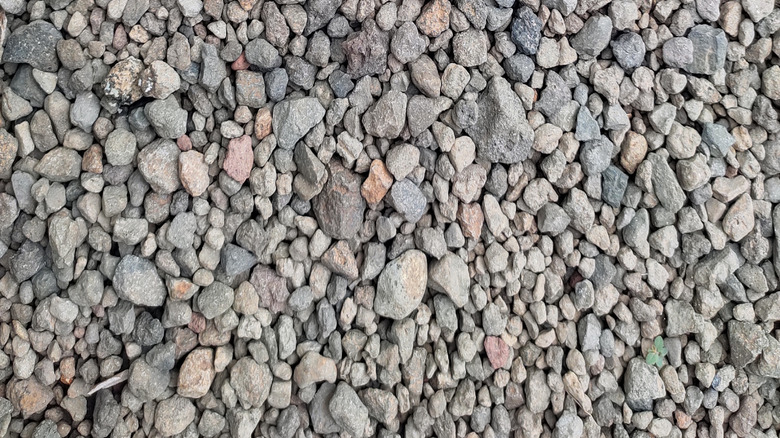
There are various types of gravel to choose from, but regardless of your choice, its primary advantage as a backfill material is drainage. The gaps between stones facilitate quick and easy water flow without erosion, making gravel ideal for areas prone to heavy rainfall. This drainage prevents the buildup of hydrostatic pressure, which could lead to cracked walls or displaced structures. Additionally, gravel resists compaction over time, retaining its strength better than sand in high-traffic areas. The angular edges of crushed gravel interlock to form a stable base that resists shifting.
However, gravel has its drawbacks. Its drainage properties, beneficial in wet areas, can render it unsuitable for projects requiring some water retention. Smaller gravel particles may migrate over time, potentially clogging drainage systems or creating an uneven surface. Cost is another consideration; while basic crushed gravel is generally affordable, premium types can be more expensive than sand. Additionally, installing gravel can be challenging due to its shape, making precise leveling difficult without specialized equipment.
Sand is more level and retains moisture
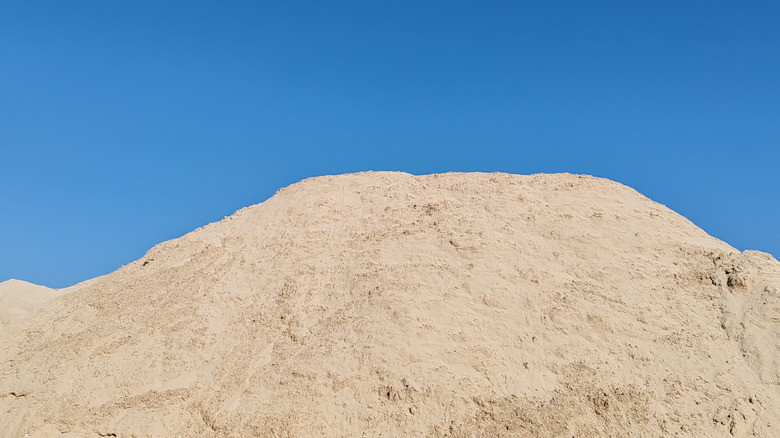
Sand is ideal for projects requiring precise leveling and compaction. Its fine particles fill spaces completely, forming a stable base suitable for concrete patios or brick walkways. Unlike gravel, sand can be leveled swiftly without specialized equipment; a simple screed board or hand tamper suffices for smaller projects. Sand’s moisture retention is beneficial for maintaining consistent levels around buried utilities like water lines, preventing dry conditions that could cause some pipes to crack.
However, sand’s primary weakness is also water. When saturated, sand can lose much of its load-bearing capacity, making it unsuitable for heavy structural backfills. Over time, sand may wash out, compact, or shift under heavy loads, potentially causing settling issues that necessitate costly repairs. Like gravel, sand costs vary by type. Basic fill sand is inexpensive, but specialized varieties like mortar sand can approach the cost of premium gravel.
Consider using fill dirt instead of sand for landscaping or creating a sand-dirt mixture. Research your projects in advance, as each backfill situation is unique and requires specific choices based on individual needs, surrounding areas, and budget. Thorough planning can save you from future headaches.


